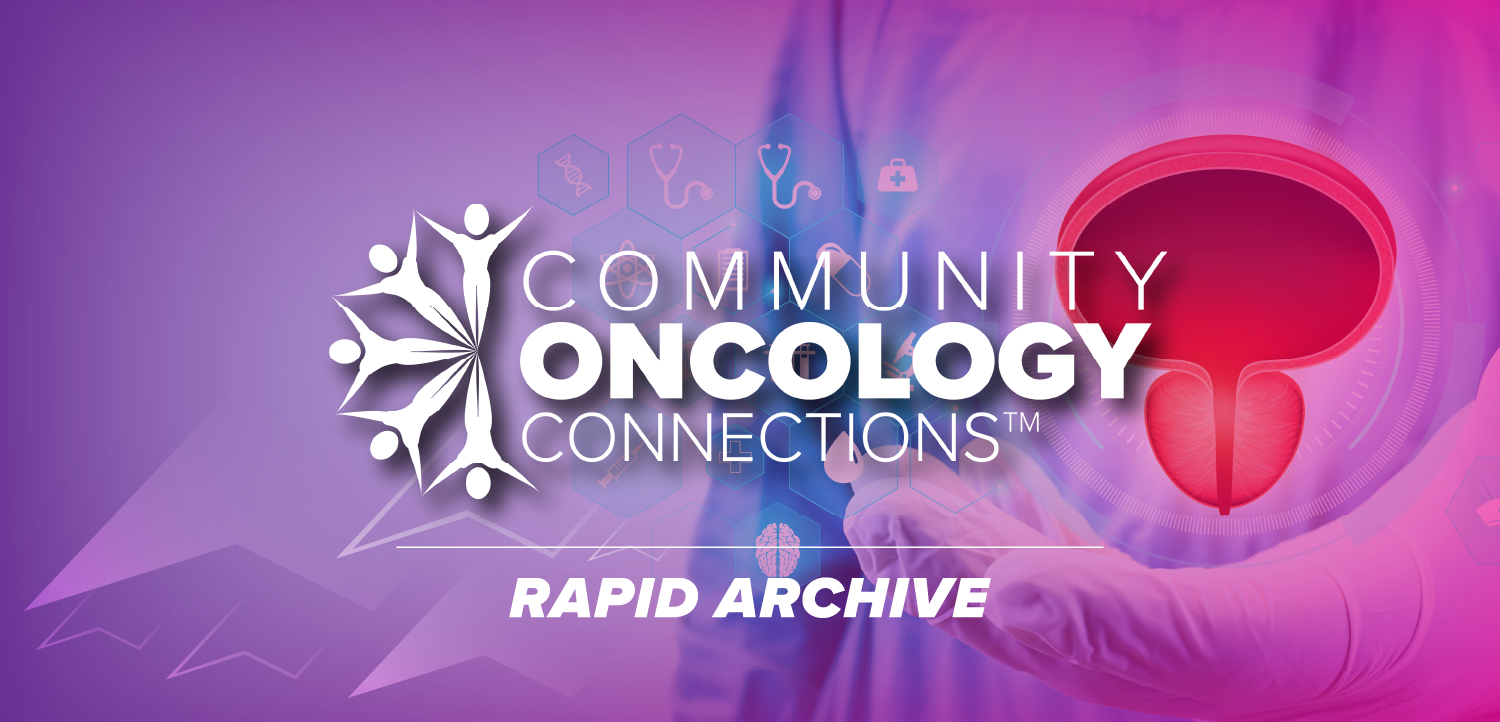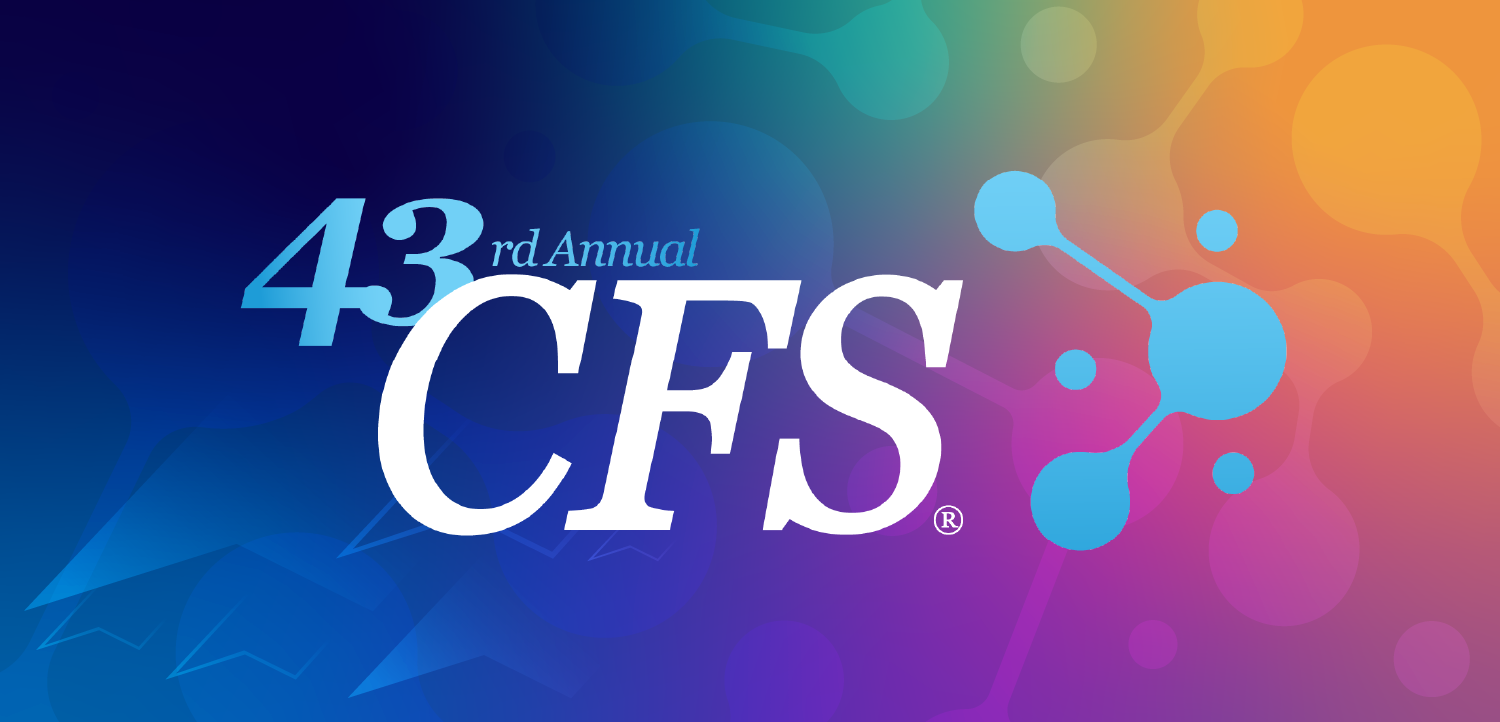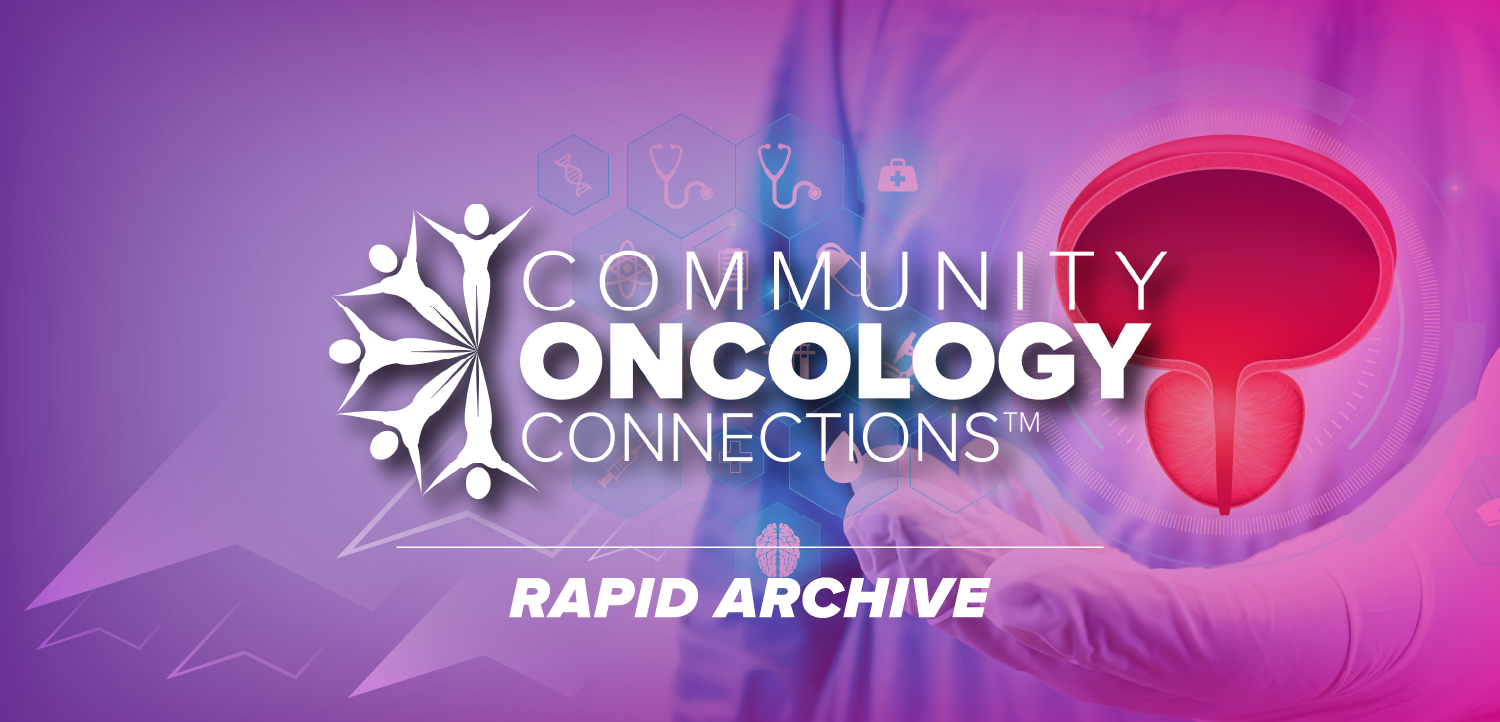CHC files for Chapter 11 as ADAC moves into position to acquire firm
RIS vendor faced mounting debt after months of red inkRadiology information systems vendor Community Health Computing(CHC) filed a Chapter 11 bankruptcy petition last week after severalmonths of struggling to meet debt obligations. Competitor
RIS vendor faced mounting debt after months of red ink
Radiology information systems vendor Community Health Computing(CHC) filed a Chapter 11 bankruptcy petition last week after severalmonths of struggling to meet debt obligations. Competitor ADACLaboratories has moved itself into position to acquire CHC afterproviding the firm with up to $8 million in financing.
CHC of Houston has been bleeding red ink for months. The companyhas been forced to secure bridge loans to continue operations,with ADAC one of the sources from which CHC is borrowing money.
The other shoe dropped on Dec. 7, when CHC filed for Chapter11 in U.S. Bankruptcy Court in Houston. In announcing the move,CHC said that ADAC had made a commitment to provide up to $8 millionin debtor-in-possession (DIP) financing to provide working capitaland to allow CHC to repay $3.1 million it has borrowed on an earlierloan from ADAC.
The DIP financing is secured by a lien on all of CHC's assets,ADAC said. The loan is junior only to a previous secured loanon which $1.1 million is outstanding. ADAC's loan bears interestat 12% and is due on April 15, 1995.
CHC's predicament is a reversal of fortune from its expansionistbent of earlier this year, when it bought the Houston-based RISbusiness of film and PACS vendor Du Pont (SCAN 6/15/94). WhileCHC acquired the Du Pont unit's large installed base of MicroRadiology Manager (MRM) systems, the acquisition only exacerbatedthe flow of red ink from the company. CHC reported a net lossof $1.3 million on revenues of $9.6 million for the third quarter(end-August).
The situation didn't improve with time. CHC recently reportedthat it is expecting to post an operating loss of about $6 millionfor the fourth quarter (end-November) with revenues also in the$6 million range. Most of that loss was attributable to a restructuringthe company experienced in October, in which it abandoned salesof its financial and administrative information systems in theU.S. in favor of clinical systems, including RIS products. Thatrestructuring cost CHC around $4 million. Another restructuringfollowed on Dec. 1, when CHC let go over 125 workers.
ADAC stepped in on Nov. 30, when the Milpitas, CA, firm announcedthat it would lend up to $3.5 million to CHC, with interest andprincipal on the loan due Dec. 31, 1994. In addition, ADAC obtaineda three-year option from several major CHC shareholders to buy4.8 million shares, or 56%, of CHC common stock at 30õper share. The stock closed at 25õ a share Dec. 5, downfrom a 52-week high of $6.75.
ADAC is known more for its nuclear medicine business than itswork in the RIS field, but the vendor has placed new emphasison penetrating the RIS market. It recently reorganized operationsto give its RIS side a higher profile, creating separate businessunits for RIS and medical equipment divisions (SCAN 11/9/94).
ADAC's deal with CHC puts it in the driver's seat to acquireCHC's assets if the company can't meet its obligations. At CHC'scurrent stock price, ADAC would be able to acquire a controllinginterest in the company for $1.44 million.
ADAC CEO David Lowe said the DIP financing will allow CHC tocontinue its business operations while in Chapter 11 proceedings.
"It lays the groundwork for further discussions betweenADAC and CHC to reach agreement on a plan of reorganization forCHC that could contain provisions to enable ADAC to acquire thecompany," Lowe said.
Newsletter
Stay at the forefront of radiology with the Diagnostic Imaging newsletter, delivering the latest news, clinical insights, and imaging advancements for today’s radiologists.


























